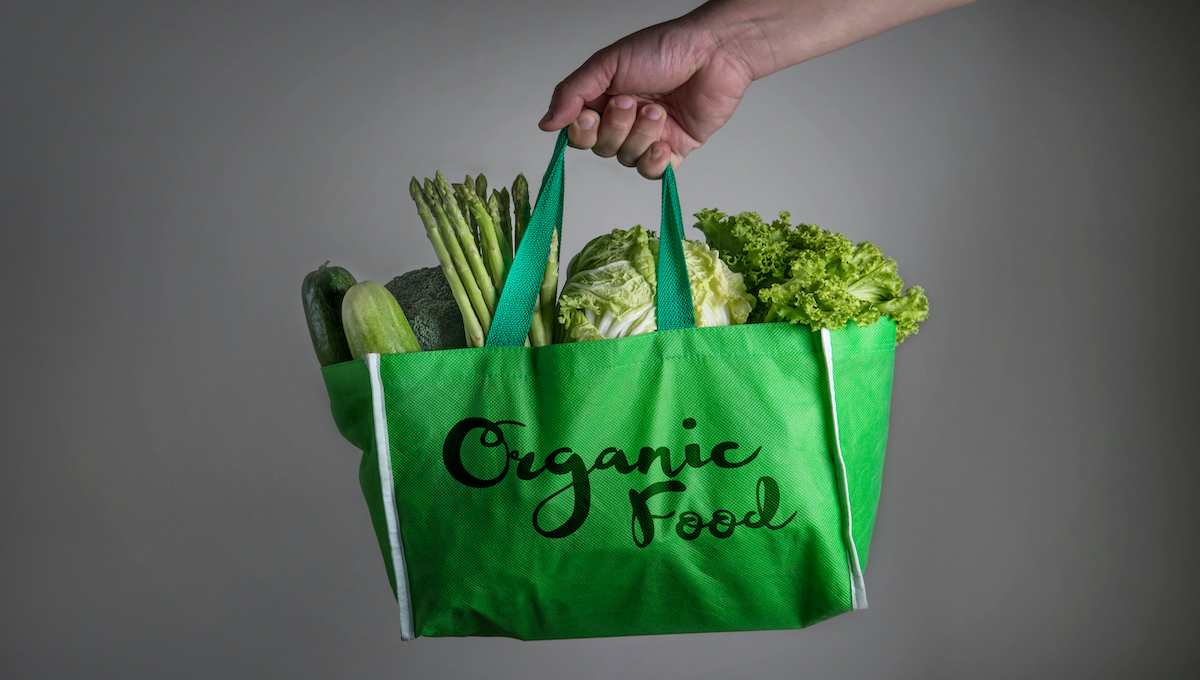USDA’s National Agricultural Statistics Service (NASS) has released the results of the 2019 Organic Survey.
It reports total sales of $9.93 billion in organic products, an increase of $2.37 billion, or 31 percent, from 2016.
There were 16,585 certified organic farms, a 17 percent increase from 2016, which accounted for 5.5 million certified acres, an increase of 9 percent over 2016.
California continued to lead the nation in certified organic sales with $3.60 billion, which is 36 percent of the US total and four times that of any other state. California also led all states with 3,012 certified farms and 965,257 certified acres.
Washington ($886 million), Pennsylvania ($742 million), Oregon ($454 million), and Texas ($424 million), round out the top five states for the value of organic sales.
“The results of the 2019 Organic Survey show the continued growth of organic production in the United States,” said NASS Administrator Hubert Hamer. “These comprehensive and essential, national- and state-level data are valuable to the organic industry as well as agri-business infrastructure and programs that support the sector.”
The top sectors and commodities in 2019 were:
- Livestock and poultry products: $2.48 billion, up 12 percent
- Milk: $1.59 billion, up 14 percent
- Vegetables: $2.08 billion, up 27 percent
- Lettuce: $400 million, up 44 percent
- Fruits, tree nuts, and berries: $2.02 billion, up 44 percent
- Apples: $475 million, up 45 percent
- Livestock and Poultry: $1.66 billion, up 44 percent
- Broiler chickens: $1.12 billion, up 49 percent
- Field Crops: $1.18 billion, up 55 percent
- Corn for grain: $278 million, up 70 percent
Other top organic commodities with the greatest gains in the value of sales since 2016 were spinach (52 percent), grapes (52 percent), cultivated blueberries (104 percent), raspberries (197 percent), and turkeys (68 percent).
Marketing practices in the certified organic farming sector showed that $2.04 billion in organic products were sold directly to retail markets, institutions, and local/regional food hubs. Another $300 million in organic products were sold directly to consumers at farmers’ markets, on-farm stores and stands, roadside stands or stores, u-pick, community-supported agriculture farms, and online markets. Value-added products such as jam, wine, cheese, and meat, accounted for $727 million.
The survey also asked producers about plans for future production. Twenty-nine percent of farms plan to increase their level of organic production. More than 1,800 certified organic farms have 255,000 additional acres in the three-year transition period required for land to become certified as organic. An additional 710 farms not currently certified reported 61,000 acres of land transitioning to organic production.
The 2019 Organic Survey, a 2017 Census of Agriculture special study, is a census of all known US farms and ranches with certified organic production in 2019, as well as those transitioning into organic production.
Producers must meet the standards set out by the USDA Agricultural Marketing Service’s National Organic Program and be certified compliant by an approved agent of the program. Additional survey results as well as the results of previous NASS organic surveys are available at www.nass.usda.gov/organics or in NASS’s online Quick Stats database.
(To sign up for a free subscription to Food Safety News, click here.)

